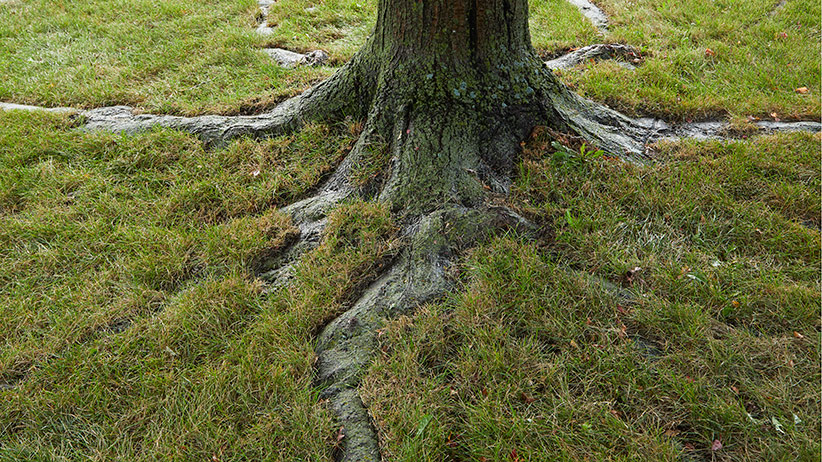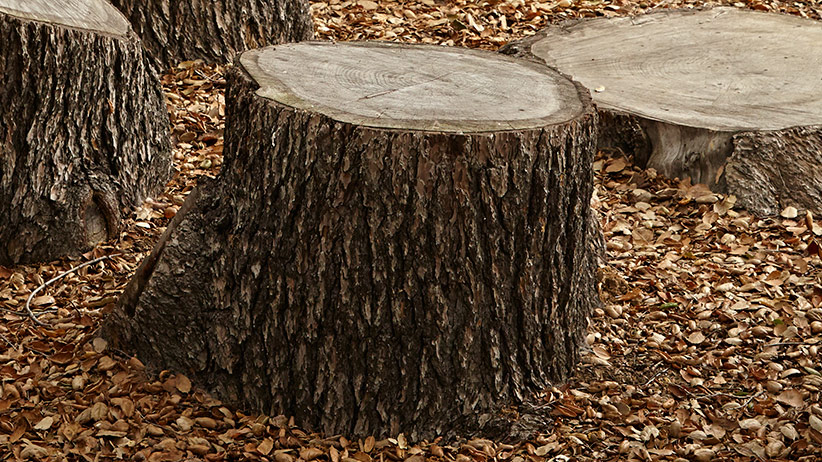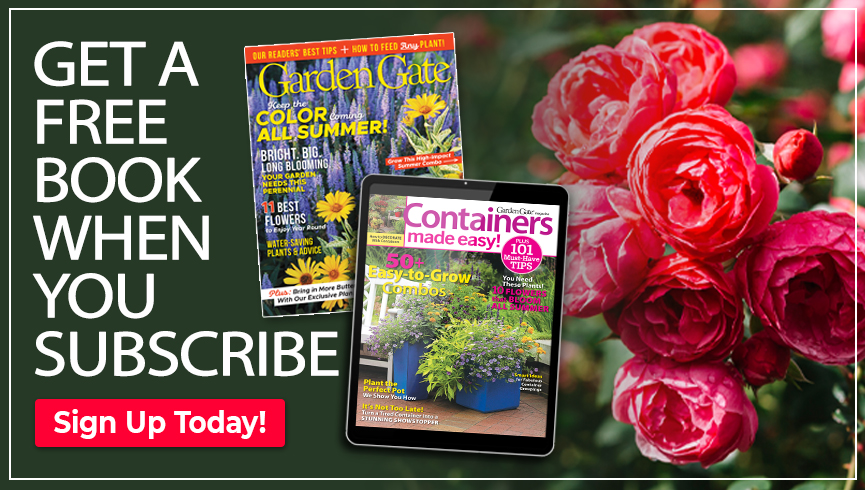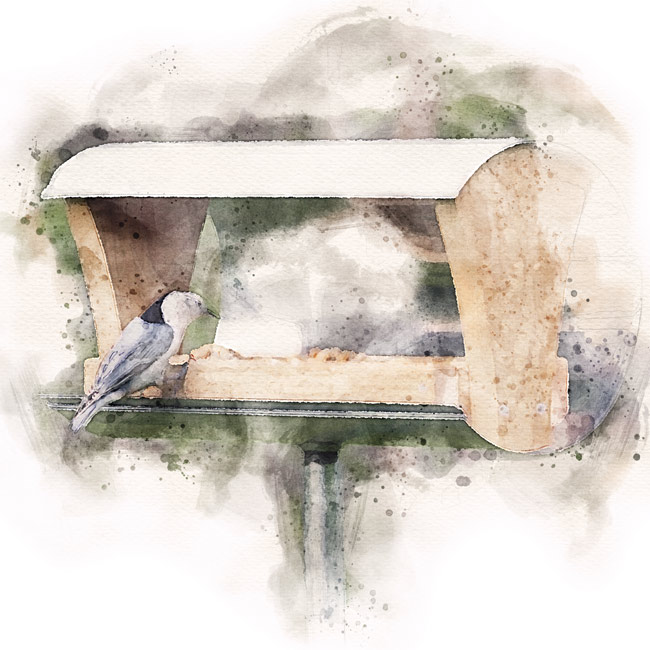
Don’t make these four common bird feeding mistakes!
When you hang a feeder, it’s like having friends over for dinner. You want to offer the best food and a welcoming, comfortable atmosphere (and clean dishes!). Of course birds love the berries, seeds and insects that already live in your garden, but you may want to add a few feeders to supplement when natural food sources are scarce. Before you hang a pretty feeder in any old spot, to keep the birds in your yard well fed and safe, make sure you’re avoiding these common mistakes.
Must-have birding resources
The Cornell Lab of Ornithology has developed some great resources for bird lovers:
- Merlin App
A mobile bird-identification app. The sound identification is really helpful! - Feederwatch.org
Identify birds; match houses, feeders and food with birds; and more.

1. Offering the incorrect food
Different birds prefer different seed, and using the wrong kind can discourage certain species from stopping by. Here are some common types of bird food and which birds are most likely to eat them:
| Type of Food | Birds it Attracts | Tips/Comments |
|---|---|---|
| Black-oil sunflower/hulled sunflower seeds | Cardinals, chickadees, finches, sparrows. | Woodpeckers will eat these on occasion. Birds prefer hulled sunflower seeds over those with shells, but be sure to keep them dry because they spoil faster. |
| Cracked corn | Doves, quails, sparrows | Alternatively, whole corn will attract ducks and wild turkeys. |
| Oranges | Bluebirds, catbirds, grosbeaks, mockingbirds, orioles, robins, tanagers, thrashers, towhees, waxwings, woodpeckers | Apples, blueberries, cherries, cranberries, purple grapes and raisins are also a favorite for these birds. Be sure to dispose of moldy fruit immediately because some molds create toxins that are harmful to birds and other wildlife. |
| Mealworms | Bluebirds, chickadees, nuthatches, titmice, wrens | Makes a great high-protein treat for birds! |
| Millet | Juncos, robins, sparrows, starlings, thrushes | A favorite among small ground-foraging birds. |
| Nyger | Finches, pine siskins, redpolls | Also known as thistle seed and works best in a tube feeder. |
| Unsalted peanuts | Chickadees, jays, nuthatches, titmice | Can be offered with or without shells. |
| Suet | Flycatchers, nuthatches, robins, sparrows, swallows, warblers, woodpeckers | Great for all insect-eating birds. Avoid offering suet when temperatures are above 90 degrees F because it can go rancid or melt. |
Note: Store birdseed in a cool, dry place where rodents can’t get to it.
You Might Also Like:
How to Make Your Own Suet Cakes
Best Plants with Berries For Birds
All About Hummingbird Feeders
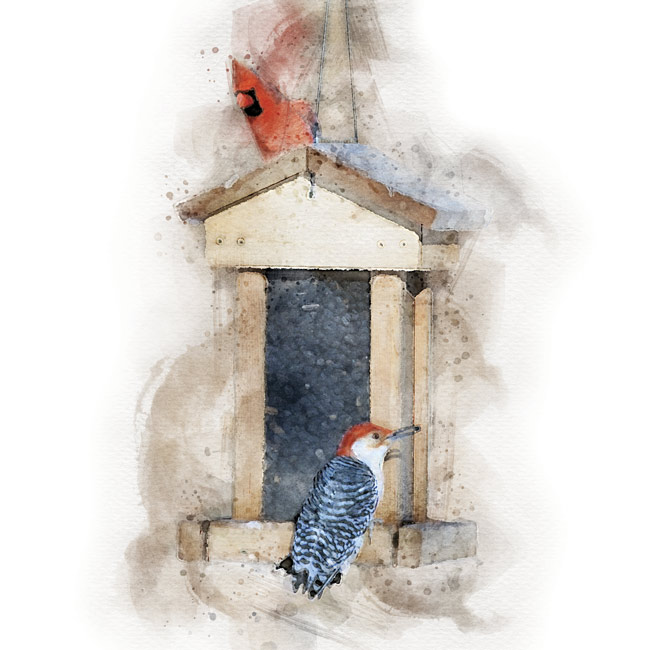
2. Avoid choosing complicated bird feeders
Some feeders have small crevices and complex parts where food particles can accumulate, causing bacteria and mold to form. Birds can get stuck in those places and hurt themselves. A simple design makes a feeder easier for birds to access and is simpler to maintain and clean.
Ideally, you should clean your bird feeders twice a month to prevent the spread of disease among bird populations: Scrub the feeder with a solution of one part bleach to nine parts water. Rinse thoroughly, then allow it to dry before refilling.
3. Placing bird feeders the wrong distance from a window
To protect birds from window strikes, try to avoid placing a feeder between 3 and 30 feet from a window. Closer than 3 feet and a bird won’t be able to gain enough speed to injure itself if it flies into it. Further than 30 feet and there’s enough space to escape predators and more easily see the window to avoid a collision.
You Might Also Like:
How to Attract More Birds to Your Garden
DIY Terra-Cotta Bird Feeder
Birds, Butterflies & Blooms Garden Book
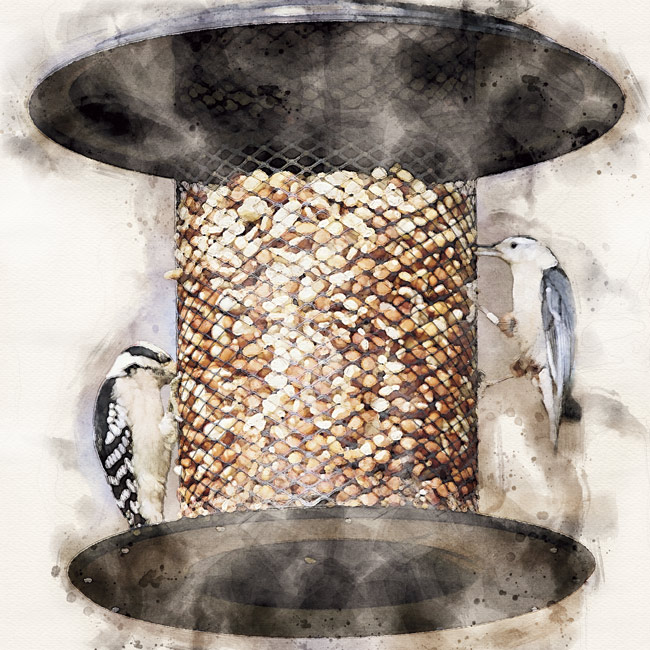
4. Using just one style of bird feeder
Some birds, such as finches and sparrows, are happy to eat from tube feeders, while others, such as cardinals and jays, prefer platform or hopper feeders. And some species would rather pick up seeds scattered on the ground or from an elevated tray. By providing only one kind of feeder, you significantly limit the variety of birds that will visit your garden. Plus, different feeder styles are designed to dispense different types of food. See the chart below to find out which types of feeders serve which birds.
| Type of Feeder | Birds they Attract |
|---|---|
| Tube feeder | Chickadees, finches, nuthatches, titmice |
| Hopper feeder | Cardinals, finches, jays, robins, sparrows, thrushes, wrens |
| Ground/Tray feeder | Cardinals, doves, finches, jays, robins, sparrows, thrushes, wrens |
| Suet cage | Chickadees, jays, flickers, nuthatches, starlings, titmice, warblers, wrens |
| Nectar feeder | Hummingbirds, orioles |
| Platform feeder | Chickadees, finches, grosbeaks, jays, nuthatches, orioles, robins, sparrows, thrashers, titmice, towhees, warblers, woodpeckers, wrens |
Bird-Friendly Garden Projects
Birdfeeder Project Woodworking Plan
DIY Bird Feeder Wreath
Birdhouse Woodworking Plans SuperBundle
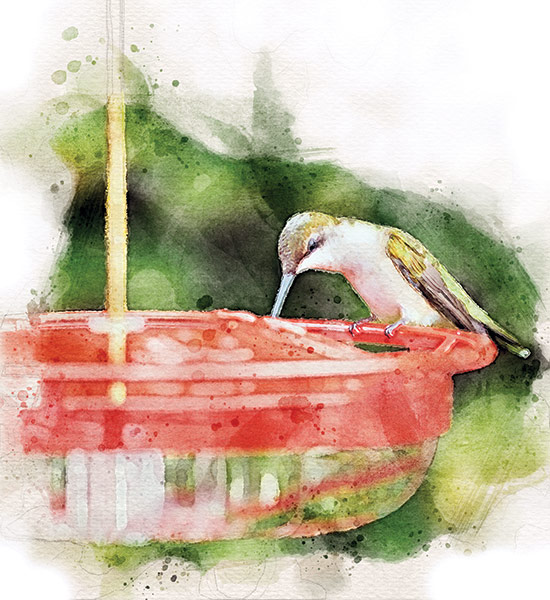
How to make your own hummingbird nectar
When you make your own hummingbird sugar solution for nectar feeders, you know that there aren’t any dyes or harmful additives.
Here’s how:
- Dissolve 1 part sugar in 3 or 4 parts hot or boiling water.
- Cool it before filling the feeder.
- Fill the feeder, storing extra solution in the refrigerator for up to 1 week.
- Refresh the solution every 2 to 5 days when temperatures are below 80 degrees F, and every day when temps are above.
- Wash the feeder with soap and water each time you refill.








